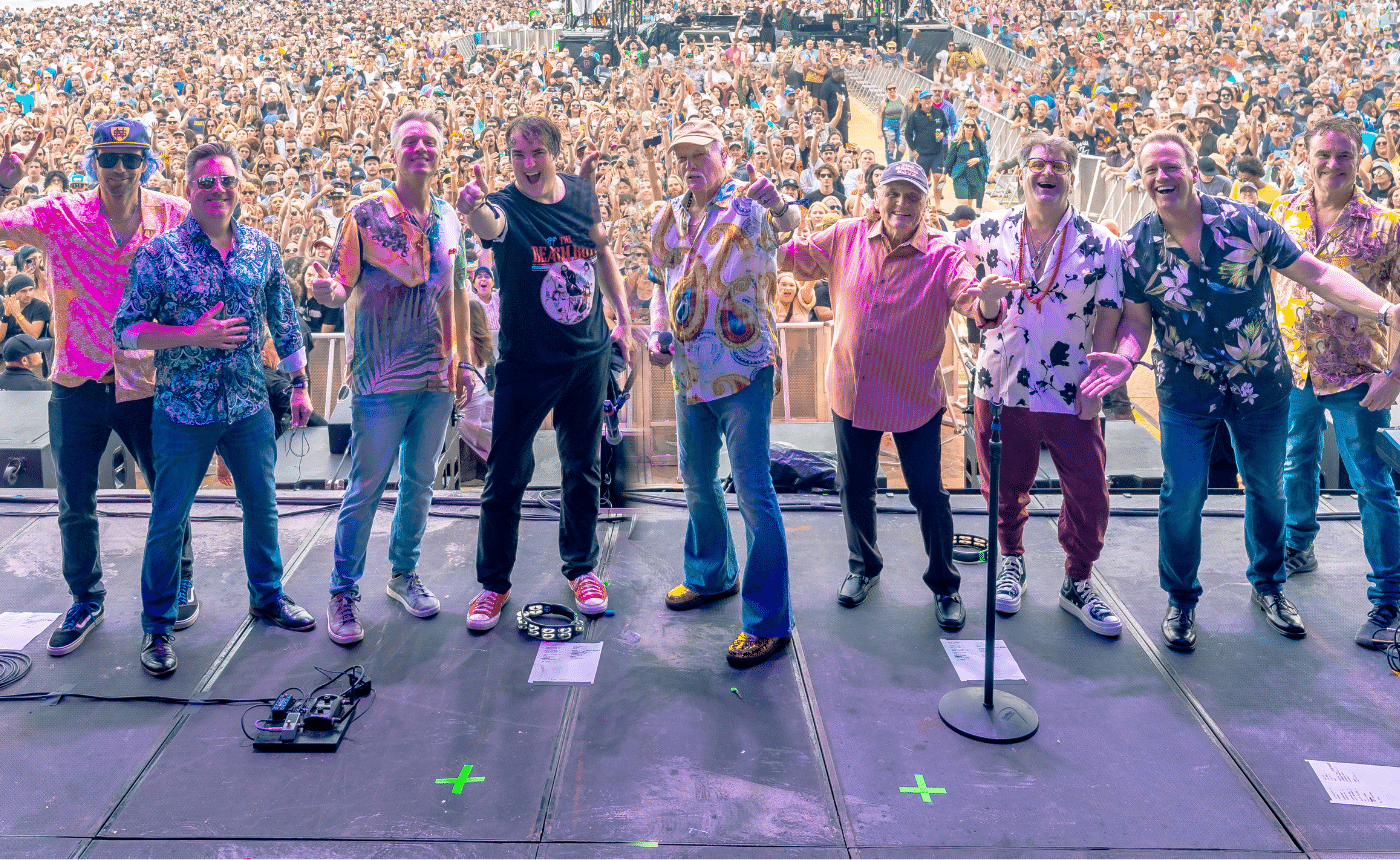Wagner – “Good Friday Spell” from Parsifal (arr. Hutschenruyter)
Richard Wagner (1813 — 1883): “Good Friday Spell” from Parsifal (arr. Hutschenruyter)
Instrumentation: 3 flutes, 3 oboes, English horn, 3 clarinets, bass clarinet, 3 bassoons, contrabassoon; 4 horns, 3 trumpets, 3 trombones, tuba; timpani; strings
Performance time: 12 minutes
Background
The bicentennial of Richard Wagner’s birth occurred in 2013, providing another reason for the music world to reflect on the revolutionary impact of Wagner’s genius. Not that we are ever far from experiencing the effects of Wagner’s achievements. By the time he finished composing Parsifal, only about a year before his death at age 70, Wagner’s thinking on aesthetics had departed so radically and importantly from tradition that artists of all kinds – painters, sculptors, writers, and dramatists — as well as composers — knew that the ground rules for their creative efforts might be changed forever. His harmonies were suspended and ambiguous; his motifs lacked the clear resolution of Classical melodies of the past. They expressed an inner reality: a world of emotion and thought seemingly more real than the world of material objects outside the mind. If a composer could make music like this, then nothing was off-limits for any artist. Small wonder that Wagner’s orchestra and the voices required to carry over them are unusually large. The experience is almost like entering an alternate mode of existence and is an early example of the all-encompassing narrative adventure that moves Star Wars enthusiasts to create their own light sabers and imagine themselves in a faraway galaxy.
Der Ring des Nibelungen, Wagner’s gigantic tetralogy, is considered the fullest representation of his life in art, and performing the complete cycle of these four immensely significant and immensely long operas takes about 18 hours of strenuous mutual effort by musicians and listeners on four days; during his lifetime Wagner insisted on the designation “music drama” to distinguish them from typical operas, though eventually the rest of the music world caught up with him. But in 1857, when Wagner first began to germinate his ideas for Parsifal, he had still another musical category in mind: a Bühnenweihfestspiel, or festival play intended for the consecration of the stage. By the time he completed Parsifal, toward the end of his life, his monumental concept of the Gesamtkunstwerk — music drama incorporating all of the fine arts into an integrated whole — was fully formed. Parsifal stands with Tristan und Isolde and the Ring operas as an embodiment of this concept.
Based on a 13th-century verse epic by the German poet Wolfram von Eschenbach, Parsifal is a deeply allegorical depiction of the Arthurian knight Parsifal (Wagner’s spelling) and his quest for the Holy Grail. It mixes Christian symbolism, traditional European sources, and Wagner’s personal mysticism in manner that combines religion and magic. Full performances of this opera are long, intense, solemn occasions. It has been associated with Good Friday since its inception, and at opera houses where it is in production, Good Friday performances are traditional. It is also traditional to withhold applause and maintain a respectful silence after the conclusion of Parsifal’s first act.
What to Listen For
If all of this sounds like it takes secret knowledge to appreciate Wagner, that’s simply not true. Today, listening to late Romantic compositions after having heard the wide-ranging modern experiments that followed, it might be hard for us to imagine that Brahms and Wagner were considered artistic antagonists who represented music’s traditional glories on the one hand and its limitless future on the other. But for all the time-annihilating gorgeousness of Wagner’s music, it is relatively rare in the concert hall. We grow up knowing examples such as the wedding march extracted from his opera Lohengrin and the “Ride of the Valkyries” from his opera Die Walküre. Yet his musical compositions were almost entirely for the operatic stage, and the tiny handful of instrumental works he produced do not represent his revolutionary side. In that context, excerpts such as the Good Friday Spell are not only beautiful, but also enlightening.
Wagner published the Good Friday Music for concert performance even though he felt the opera itself should be performed nowhere outside his beloved Bayreuth Festspielhaus until at least three decades after its premiere, lest it descend to the level of “mere amusement.” Majestic in its solemnity, the passage includes principal motifs from the opera and the famous “Dresden amen,” a traditional sacred chord progression. The passage occurs in the opera’s third act, as the knight Parsifal, wearied by years of travel, takes rest in a sunlit meadow filled with flowers. Refreshed by the beauty of nature, Parsifal learns from his fellow-knight Gurnemanz that this benediction is the result of “Good Friday’s magic spell,” when all creation rejoices, cleansed of sin. The effect is of ethereal innocence and tranquility.












